Oral
Breast MR Advances
ISMRM & ISMRT Annual Meeting & Exhibition • 10-15 May 2025 • Honolulu, Hawai'i

| 13:30 |
 |
0547. Multiparametric
MRI Radiomics for Noninvasive Prediction of HER2-Zero, -Low, and
-Positive Breast Cancers
T. Zhan, J-k Dai, J. Shi, C-h Lu
Department of Radiology, The Second Affiliated Hospital of Nanchang University, Nanchang, China
Impact: Multiparametric MRI radiomics has the potential
to provide a noninvasive tool for identifying HER2-zero,
HER2-low, and HER2-positive in breast cancer patients, thus
enabling guide the selection of HER2-targed antibody-drug
conjugates.
|
| 13:42 |
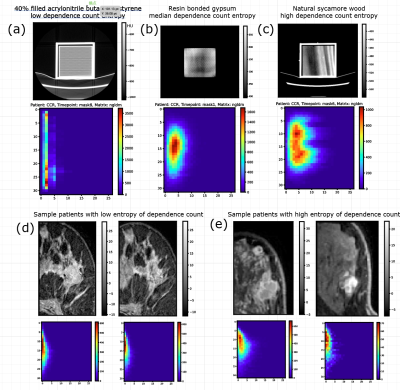 |
0548. Radiogenomics
Analysis of DCE-MRI Textures for Tracking Tumor Response and
Uncovering Biological Processes in HER2-Negative Breast Cancer
X. Teng, Q. Lai, X. Zhang, J. Zhang, W. Liao, C. Liu, H.
Xiao, D. Zhou, D. Hu, T. Li, J. Cai
The Hong Kong Polytechnic University, Hong Kong, Hong Kong
Impact: DCE-MRI effectively tracks breast tumor response
by analyzing vascularization and the extracellular matrix.
Specifically, mid-treatment scan measuring texture entropy
of dependence count optimally predict pathologic complete
response, exhibiting exclusive linkage to biological
pathways such as angiogenesis and TGF-beta signaling.
|
| 13:54 |
 |
0549. Prediction
of breast cancer recurrence based on automatically extracted
quantitative MR features

J. Kang, D. Bak, Y. Nam, G. E. Park, S. H. Kim
Hankuk university of Foreign Studies, Yongin-si, Korea, Republic of
Impact: We suggested a cancer recurrence prediction
model using breast MRIs from over 1,600 subjects, employing
an automated feature extraction process to investigate its
feasibility. Additionally, incorporating features from both
the ipsilateral and contralateral sides demonstrated an
improvement in predictions.
|
| 14:06 |
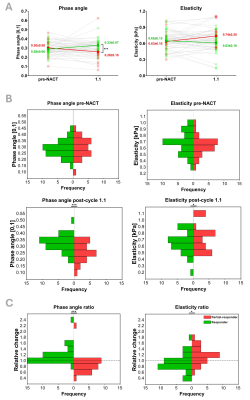 |
0550. MR
Elastography for early prediction of neoadjuvant chemotherapy
efficacy in breast cancer

A-S van Schelt, L. Luque, A. Sinha, B. Shifa, O.
Darwish, P. Jurrius, C. Gillet, M. Parsons, A.
Purushotham, R. Sinkus
Kings College London, London, United Kingdom
Impact: MRE has a strong predictive potential and offers
a non-invasive method for early assessment of neoadjuvant
chemotherapy efficacy in breast cancer using dynamic changes
of the phase-angle determined at pre-treatment and after the
first cycle of chemotherapy.
|
| 14:18 |
 |
0551. Accuracy
of OPTIMIST trial criteria on MRI to predict pathologic complete
response following neoadjuvant systemic therapy
H. YOEN, N. H. Han, N. Cho, J-J Jung, J. Paggao, H-K Kim,
H-B Lee
Seoul National University Hospital, Seoul, Korea, Republic of
Impact: Incorporating the MRI size, SER, and
calcification size for accurate pCR prediction supports
designing de-escalation trials in good NST responders.
|
| 14:30 |
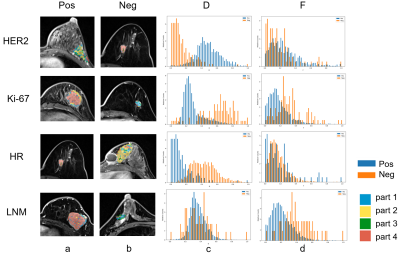 |
0552. Intravoxel
Incoherent Movement-Based Habitat Imaging for the Prediction of
Immunohistochemistry in Patients with Breast Cancer

A. Wang, M. He, M. Ma, Y. Song, C. Wang, G. Yang
Shanghai Key Laboratory of Magnetic Resonance, East China Normal University, Shanghai, China
Impact: Besides the prediction results, habitat imaging
can better depict the heterogeneity of tumors with clearer
biological significance of features used, which might help
radiologists to accept or reject model’s prediction on the
immunohistochemistry more readily.
|
| 14:42 |
 |
0553. Biomechanical
parameters for predicting response to neoadjuvant chemotherapy
and disease-free survival in breast cancer
X. Wang, T. Yin, J. Zhang
chongqing university cancer hospital, chongqing, China
Impact: Combining biomechanical parameters quantified by
multifrequency MR elastography and clinicopathologic
variables showed good performance for predicting pathologic
complete response and disease-free survival in breast cancer
treated with neoadjuvant chemotherapy.
|
| 14:54 |
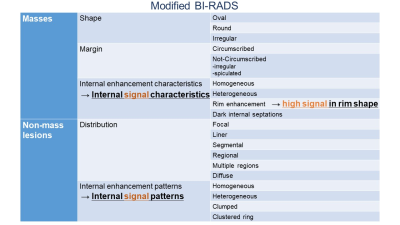 |
0554. Modified
BI-RADS with high-resolution DWI: comparison with
high-resolution contrast-enhanced imaging in different scanners
and cohorts
R. Ota, A. Ikeda, S. Kanao, M. Kataoka, M. Iima, M. Honda,
M. Suzuki, N. Kanamori, H. Yamashiro, N. Morii, T. Kubo, Y.
Nakamoto
Tenri Hosipital, Nara, Japan
Impact: The result underpins the potential use of HR-DWI
as a substitute of HR-CE.
|
| 15:06 |
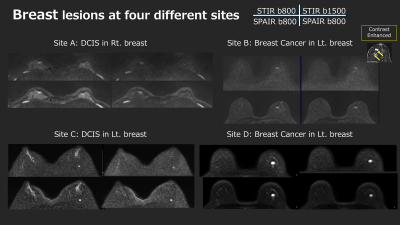 |
0555. Multi-Center
Optimization of Breast DWI: Comparative Analysis of Fat
Suppression Methods (STIR vs. SPAIR) and B-values (800 vs.1500
s/mm2)
E. Inoue, M. Iima, Y. Tokuda, M. Kataoka, K. Yamaguchi, A.
Ohashi, T. Ueguchi, H. Satake, K. Ichikawa, Y. Kato, Y.
Koyama, Y. Kumano, S. Yamada, R. Sawaya, M. Honda, K.
Kubota, K. Ohashi, T. Fujioka, T. Ishimori, S. Naganawa, Y.
Nakamoto
Medical Research Institute Kitano Hospital, Osaka, Japan
Impact: STIR and SPAIR show comparable performance in
breast DWI, but SPAIR may better visualize small lesions.
|
| 15:18 |
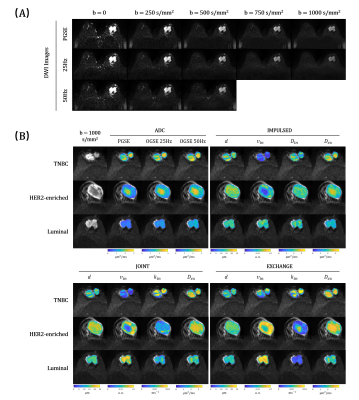 |
0556. Improving
Breast Cancer Diagnosis by Incorporating Transcytolemmal Water
Exchange in Time-dependent Diffusion MRI

F. Liu, L. Wu, X. Luo, S. Li, Y. Wang, T. Feiweier, H.
Bao, D. Shi, J. Xu, H. Guo
Center for Biomedical Imaging Research, School of Biomedical Engineering, Tsinghua University, Beijing, China
Impact: Our findings proved that transcytolemmal water
exchange impact breast cancer diagnosis, highlighting the
importance of model selection of time-dependent diffusion
MRI tailored to a specific clinical task.
|
The International Society for Magnetic Resonance in Medicine is accredited by the Accreditation Council for Continuing Medical Education to provide continuing medical education for physicians.